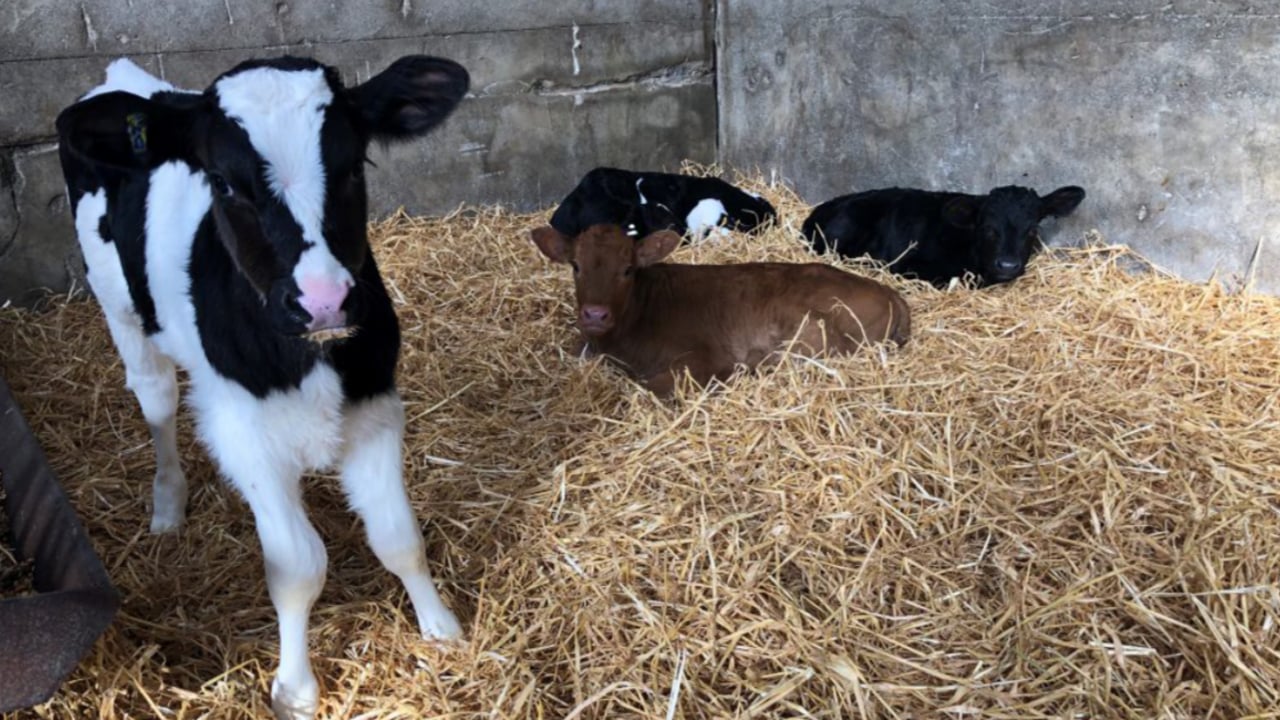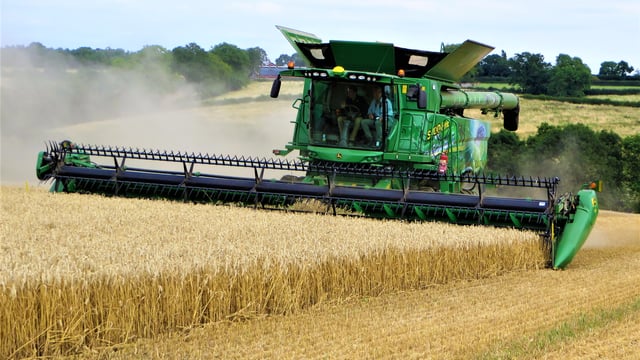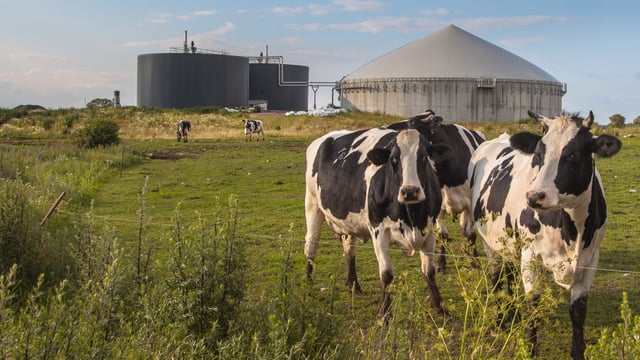HSA: Farmers can suffer 'fatal injuries' at calving time
The Health and Safety Authority (HSA) will launch a new two-week farm safety inspection campaign next Monday (January 27) focusing on the "safe management" of handling livestock during calving season.
According to the HSA out of the 171 people that have lost their lives in farming-related incidents over the last 10 years, 36 of these involved livestock.
Last year alone there there were 12 farming fatalities and three of these involved the handling of livestock
Darren Arkins, programme manager, occupational health with the HSA, today (Thursday, January 23) warned that the latest statistics suggest that working with livestock "continues to be a significant trigger in work-related fatalities on farms".
"During calving season, it is critical to ensure risk assessments are carried out and appropriate safety controls are implemented to ensure you are safe during the busy calving season," he said.
According to the HSA many farmers "suffer serious or fatal injuries while attending cows at calving time".
Guidance is available on the HSA website which highlights why it is important that farmers never turn their back on cows with newborn calves because they may see a farmer "as a threat".
It also outlines that "work practices such as taking a newborn calf from a cow, hand milking, navel dipping, and stomach tubing pose a risk of injury".
"It’s important to ensure barriers are in place and experienced farmers are involved in any handling of animals, ensuring young children are a safe distance from dangers.
"Traffic management awareness is crucial when vehicles are being driven in the yard on dark frosty mornings and late in the evenings," the HSA detailed.
The HSA has also advised farmers that there are a number of questions they should ask themselves when working with livestock including:
- Are there safe systems when working with bulls?
- Do you need help with workload?
- Has an adequate physical barrier been established between the farmer and the freshly calved cow when tagging, treating, and handling calves?
- Are facilities and procedures adequate for loading and unloading animals?
- Are handling facilities including calving boxes adequate for your herd size?
- Are vehicle operators trained and experienced?
- Is there adequate lighting in the yard and in farm buildings?
- Are you wearing arm length gloves and washable protective clothing and boots to avoid zoonotic infections during calving?
Arkins added that since 2020, 70% of livestock related occupational deaths occured in people aged over 65 years.
"Appropriate protective measures should be in place to remove the risk of injury or fatality.
"We would urge all famers to assess risk and if there is a need for more help on your farm, it’s imperative you seek it out," he added.





